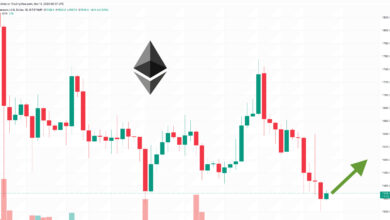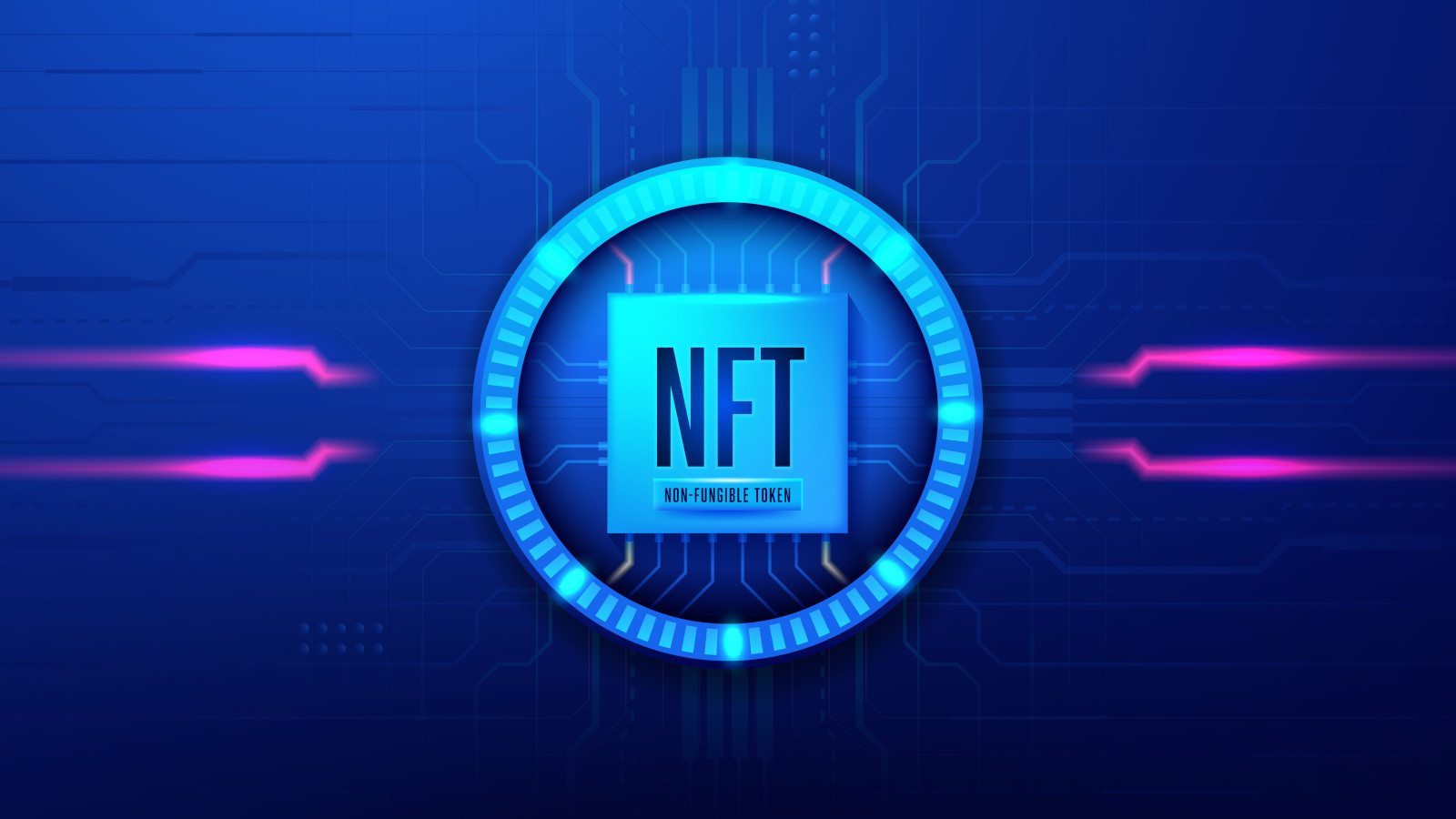
Bitcoin News Price Today Live Context, Trends & Outlook
Bitcoin news price today explained: real-time context, key drivers, technicals, and FAQs in one comprehensive, human-friendly guide.
If you landed here searching for Bitcoin news price today, you’re likely trying to make sense of not just the current number on the ticker, but the why behind it. Bitcoin doesn’t move in a vacuum. Headlines, macroeconomic data, on-chain flows, derivatives positioning, and liquidity across exchanges all shape intraday swings. This guide pulls those threads together so you can read the BTC tape with more clarity, understand the cryptocurrency market backdrop, and avoid common pitfalls like overreacting to noisy moves or confusing correlation with causation.
Instead of just posting a price snapshot that becomes stale in an hour, we’ll show you how to interpret Bitcoin’s price action today in context. You’ll learn the forces that typically drive quick pushes and fades, how to spot durable trends amid volatile spikes, and which metrics matter when every headline claims to “explain” the move. We’ll also cover technical analysis basics that many traders use—such as support and resistance, moving averages, RSI, and MACD—and connect them to daily catalysts like Fed policy, ETF flows, and exchange liquidity. By the end, you’ll be able to translate Bitcoin news into practical insight, so “price today” becomes a story you can parse rather than a mystery you chase.
What Bitcoin News Price Today Really Means
Price Is a Number—Context Is the Signal
When people search Bitcoin news price today, they want a number and the narrative that explains it. The number is objective; the narrative is interpretive. Smart traders and long-term investors pair the two: they start with the spot price and then weigh macro, on-chain, and market structure variables. If the price is up but open interest is flat and spot volumes are thin, the move may be fragile. If the price dips while long-term holder supply stays illiquid and ETF net flows remain positive, the weakness may be temporary.
The News Cycle Amplifies Short-Term Moves
Crypto headlines tend to cluster around regulatory updates, ETF approvals or inflows, major exchange incidents, institutional adoption, and macro prints like CPI, jobs, and PMIs. Because Bitcoin trades 24/7 with relatively concentrated liquidity during certain hours, strong headlines can push price far and fast. That’s why understanding the news cycle—and distinguishing signal from hype—matters when evaluating the BTC price today.
Drivers Behind Bitcoin’s Intraday Moves

Macro: Dollar, Rates, and Risk Appetite
Bitcoin’s daily rhythm often echoes broader risk sentiment. A stronger U.S. dollar and rising Treasury yields can weigh on risk assets, including crypto. Dovish signals from the Federal Reserve or cooling inflation can support risk, boosting Bitcoin’s price as appetite improves. Watching rate expectations, CPI/PCE prints, and Fed commentary provides a baseline macro map for interpreting the day’s candles.
ETF Flows and Institutional Demand
Spot Bitcoin ETFs have reshaped market structure by channeling traditional finance capital straight into BTC. On a given day, net positive ETF flows can create a lasting bid underneath price; net outflows can remove support. For anyone tracking Bitcoin news price today, ETF flow updates are essential context—especially when they align with or contradict the move you see on the chart.
Liquidity and Exchange Microstructure
Thin order books and fragmented liquidity mean news can cause outsized jolts. Exchange liquidity, the presence of iceberg orders, and the behavior of market makers influence how far and how quickly price travels. During low-liquidity windows (such as weekend hours), a modest buy program or a liquidation cascade can produce deceptively large prints.
Derivatives: Funding, OI, and Liquidations
Futures and perpetual swaps often magnify intraday swings. Elevated open interest (OI) with rising price can signal trend conviction—or overcrowding. Funding rates that are excessively positive or negative hint at one-sided positioning, setting up short or long squeezes. Big liquidation clusters act like magnets: if price approaches them, the cascade can accelerate, creating the dramatic spikes that dominate “Bitcoin news” timelines.
On-Chain Flows and Holder Behavior
Although on-chain data updates more slowly than price charts, it offers the structural context behind moves. Exchange inflows can signal sell pressure, while diminishing exchange balances often indicate accumulation. The behavior of long-term holders (LTH) versus short-term holders (STH) helps you gauge whether a move is supply-driven or primarily speculative.
Reading Today’s Chart: A Practical Framework
Identify the Trend Across Multiple Timeframes
Start with the daily chart to orient yourself: is Bitcoin in an uptrend (higher highs and higher lows) or a range? Then step down to the 4-hour and 1-hour to locate local support/resistance and recent swing highs/lows. Ending with a 15-minute chart helps you time entries or exits without losing the higher-timeframe bias. This top-down approach turns the BTC price today into a coherent picture rather than a single candle.
Map Support and Resistance With Purpose
Prior swing highs, consolidation shelves, untested breakouts, and volume nodes often act as magnets. When price taps a level and bounces, that’s confirmation; when it slices through on volume and retests from the other side, a flip has occurred. Treat these levels as decision points rather than absolute barriers, and always re-anchor them after significant news or data releases.
Use Moving Averages as Dynamic Guides
Commonly watched moving averages—the 20-EMA, 50-SMA, and 200-SMA—serve as dynamic support/resistance and trend filters. Intraday traders often respect the 20/50 crossovers on lower timeframes, while swing traders monitor the 50/200 relationship on the daily. None of these is magical, but because many market participants watch them, they can become self-fulfilling guides.
Validate Momentum and Divergence
Oscillators like RSI and MACD help confirm whether a breakout is strong or fading. If price prints a higher high while RSI makes a lower high, you may be seeing bearish divergence. Conversely, a higher low in RSI while price prints a lower low can indicate bullish divergence and a potential reversal. Momentum confirmation is especially helpful on headline days when emotions dominate.
How News Impacts Bitcoin Price Today
Regulatory Headlines
Announcements about crypto regulation, enforcement actions, exchange oversight, or clarity on token classification frequently jolt Bitcoin’s price. Clarity tends to reduce risk premia over time, while surprise crackdowns raise uncertainty. When regulation dominates the news cycle, look for moves in related assets, changes in exchange volumes, and any shifting patterns in stablecoin flows.
Institutional Adoption and Corporate Treasury Decisions
When a major bank offers Bitcoin custody, a payment network enables BTC settlements, or a public company allocates to Bitcoin in its treasury, that narrative often feeds multi-day momentum. These headlines expand the perceived addressable market and can lead to multiple re-rating—the market reassesses fair value and risk.
Technology and Network Upgrades
While Bitcoin’s base layer evolves slowly, developments in Layer-2 scaling, Lightning Network adoption, or advances in self-custody and security can alter long-term value. Such news rarely drives violent intraday spikes unless it intersects with macro or policy narratives, but it underpins the broader investment case for digital assets.
Halving Cycles and Miner Economics
The quadrennial halving cuts the block subsidy in half, directly affecting miner revenues and the flow of new supply. Around halving windows, news about miner selling, hash rate, and difficulty can color intraday sentiment. If miners sell reserves to fund upgrades or cope with margin pressure, that can add offer-side liquidity and weigh on the Bitcoin price today.
Building a Daily Routine for Bitcoin Price Context
Start With a Macro and Calendar Check
Before you skim headlines, note the day’s economic calendar: CPI, PPI, jobs, and central bank speeches often set the tone for risk assets. If high-impact data are due, expect volatility. Use this lens when reading Bitcoin news so you don’t attribute macro-driven moves to crypto-specific events.
Scan Spot and Derivatives Metrics
Look at spot volumes, perp funding, and open interest. Rising price with climbing OI and moderate funding suggests constructive trend activity; spiking funding after a large candle hints at potential squeeze dynamics. Note where liquidation clusters sit relative to spot—moves toward those pockets often accelerate.
Confirm With On-Chain and ETF Flow Data
Daily updates on spot ETF inflows/outflows, exchange balances, and long-term holder supply help confirm whether a move has durable sponsorship. If ETFs absorb supply while exchange reserves trend lower, pullbacks may find bids quickly.
Log Key Levels and a Bias Statement
Each morning, set your levels and write a brief bias statement: “Bullish above X while holding the 50-SMA; fade into Y if funding spikes and RSI diverges.” This keeps you objective when Bitcoin news price today gets noisy.
Aslo Read: 7 Best Bitcoin News Sites Ultimate Guide to Top Crypto Sources
Risk Management When Trading Today’s Price

Define Risk Before You Click
Position sizing, stop placement, and scenario planning are your guardrails. Because Bitcoin trades non-stop, gaps are rare, but wicky price action around headlines is common. Place stops beyond obvious levels and avoid over-leveraging when derivatives positioning is one-sided.
Respect Volatility
Look at ATR (Average True Range) or recent candle ranges to calibrate expectations. If the intraday ATR expands, widen stops accordingly or reduce size. During event risk, consider standing aside until the first impulse and retest have played out.
Journal and Review
After the session, record what you saw: which news catalysts mattered, how price behaved at levels, and whether your plan aligned with reality. Over time, you’ll spot patterns in how Bitcoin’s price reacts to specific catalysts—your edge compounds with each review.
Long-Term Investors: Making Sense of Today Without Overreacting
Separate Noise From Thesis
If you’re investing with a multi-year horizon, the Bitcoin news price today can still inform cost-basis and rebalancing decisions without knocking you off the long-term thesis. Treat daily volatility as data, not a verdict. Monitor high-level indicators—adoption trends, regulatory clarity, institutional participation, and on-chain supply dynamics—to ensure your thesis remains intact.
Use DCA With Guardrails
Dollar-cost averaging (DCA) smooths entry timing, but you can improve it by incorporating simple signals: accelerate buys during deep discounts to the 200-day average or when fear extremes coincide with structural tailwinds (like persistent ETF inflows). Conversely, slow purchases during exuberance if funding and OI scream froth.
Custody and Security
If the news cycle spooks you into poor decisions, remember the basics: choose reputable exchanges for fiat on-ramps, then consider self-custody with hardware wallets for long-term holdings. Secure seed phrases offline and test your recovery process. In the end, Bitcoin is about sovereign money—keep the sovereignty part secure.
Technical Corner: Interpreting Today’s Signals
Moving Averages and Trend Filters
A simple framework: if price holds above the 50-SMA and the 20-EMA slopes upward on the 4-hour chart, the path of least resistance is up. When the 20 dips below the 50 with declining volume, anticipate range-bound or corrective action. Combine these with static levels to avoid whipsaws.
RSI, MACD, and Momentum Confirmation
On days dominated by Bitcoin news, look for momentum confirmation. If price breaks a multi-day range high and RSI clears 60 on the 1-hour, the breakout has tailwind. A clean MACD cross with expanding histogram adds confluence. If the breakout stalls while RSI diverges and funding jumps, beware the fakeout.
Volume and Market Profile
Volume tells you who showed up. A breakout without volume is guilty until proven innocent. Volume Profile or visible range tools highlight where the most business has been done; these high-volume nodes often define fair value. Moves away from high-volume zones can run quickly until they meet the next liquidity shelf.
Common Pitfalls When Chasing Bitcoin Price Today
Over-Optimization of Indicators
Stacking indicators until they agree can lead to analysis paralysis. Pick a few—moving averages, RSI, volume—and learn their behavior intimately. Indicators help you read what price already did; they don’t predict the future.
Mistaking Correlation for Causation
News and price often move together, but not always because the news “caused” the move. Sometimes price runs first, and narratives emerge afterward. That’s why pairing headlines with derivatives metrics and order flow is crucial.
Ignoring Liquidity Windows
Liquidity varies across sessions. The overlap of U.S. and European hours often brings the largest ranges. If you’re trading during thin Asia-Pacific weekend hours, understand that smaller orders can push price further, increasing slippage and stop-outs.
Building Your Own Daily Bitcoin News Price Today Dashboard
Core Components to Track
Create a simple ritual that includes: spot BTC price, 24-hour volume, funding rates, open interest, liquidation heatmaps, ETF flows, on-chain exchange balances, and a curated news feed from reputable sources. The goal isn’t quantity; it’s clarity.
A Simple Workflow
Open with macro: dollar index and yields. Then check Bitcoin spot and derivatives. Scan headlines for high-impact catalysts. Mark your levels. Decide your bias and invalidation. If anything conflicts—say, positive ETF flows but heavy exchange inflows—wait for resolution rather than forcing trades.
Curate, Don’t Chase
You don’t need every datapoint. Choose a few leading indicators that consistently add value to your read on the Bitcoin price today. If a metric repeatedly confuses you, drop it. Simplicity scales better than dashboards that look impressive but slow decision-making.
The Narrative vs. the Number: Staying Objective
Bitcoin thrives on narrative. Bulls invoke digital gold, scarcity, and institutional adoption. Bears warn about regulatory risk, volatility, and macro headwinds. On any given day, both sides can cite selective evidence. Your job is to keep score objectively.
Log the facts (price, volume, flows), note the claims (headlines), and then assign probabilities rather than certainties. That approach helps you convert Bitcoin news price today into a measured plan rather than an emotional impulse.
Conclusion
“Bitcoin news price today” should be more than a quick glance at a flashing number. The real edge comes from layering price with context: macro tone, ETF flows, derivatives positioning, on-chain supply, and clean technical levels.
When you blend those inputs into a simple, repeatable routine, you can navigate volatility without chasing every headline or abandoning your plan at the worst possible moment. Whether you’re trading intraday swings or investing for the long run, the toolkit above will help you translate today’s price into informed action—calmly, consistently, and on your own terms.
FAQs
How do I check Bitcoin’s price today without getting overwhelmed by noise?
Start with a reputable price index for the spot BTC price today, then layer in just a handful of context metrics: funding rates, open interest, and a quick scan of ETF flows. Finish by marking one or two key levels on the chart. Limit your sources and stick to a daily routine to prevent headline overload.
Which single indicator is most reliable for intraday Bitcoin moves?
No single indicator is reliable in all conditions. A practical combo is 20-EMA for short-term trend, RSI for momentum confirmation or divergence, and volume to verify participation. Use these alongside support and resistance for a balanced read on the Bitcoin price today.
Do macroeconomic releases really affect the BTC price intraday?
Yes. Prints like CPI, PCE, and jobs data shift expectations for interest rates and risk appetite, often moving dollar and Treasury yields—both of which influence crypto. When events are on the calendar, expect wider ranges and plan risk accordingly.
Are ETF flows a leading or lagging indicator for daily price?
They’re typically a contemporaneous indicator. Consistent net inflows can add a persistent bid to the market, while outflows can sap demand. On volatile days, pairing ETF data with derivatives positioning helps you judge whether a move has staying power.
What’s the best way for long-term investors to respond to daily volatility?
If your horizon is multi-year, use DCA, monitor high-level adoption and regulatory trends, and secure coins via self-custody. Let the Bitcoin news price today inform your entries and rebalancing, but avoid letting intraday swings override your long-term thesis.







